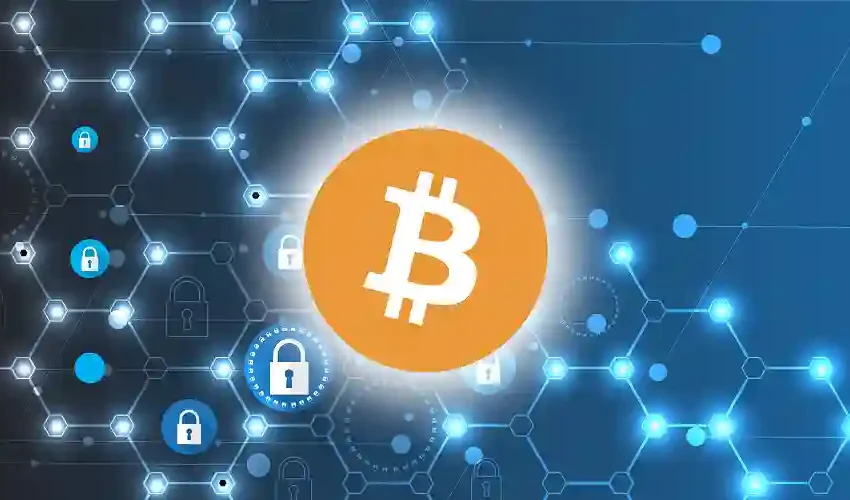
Reporting Scams and Abuse on the Blockchain: Essential Tips for Effective Action
Blockchain technology, hailed for its decentralized and transparent nature, has fundamentally transformed various sectors, including finance, supply chain management, and digital identity. However, this innovation has also attracted a range of malicious actors exploiting its features for fraudulent purposes. As blockchain technology continues to evolve, understanding how to report scams abuse becomes increasingly important. This article outlines essential tips for effectively reporting scams and abuse on the blockchain, ensuring that you, and the broader community, are safeguarded against digital fraud.
Recognizing Blockchain Scams and Abuse
Before you can effectively report scams abuse, it is crucial to recognize the different forms of blockchain-related fraud. Common types include:
- Phishing Schemes: Scammers deceive individuals into revealing sensitive information such as private keys or login credentials through fraudulent emails, websites, or messages.
- Ponzi Schemes: These schemes promise unrealistic returns on investment, using new investors’ money to pay returns to earlier investors. They ultimately collapse when there are no new participants to fund the promised returns.
- Rug Pulls: A rug pull occurs when developers of a cryptocurrency or DeFi project suddenly withdraw all invested funds, leaving investors with worthless tokens or assets.
- Fake ICOs: Initial Coin Offerings (ICOs) can be used as fronts for scams. Fraudsters create fake ICOs to attract investments and then disappear with the funds.
- Double-Spending Attacks: In these attacks, an individual attempts to spend the same cryptocurrency more than once, undermining the integrity of the blockchain.
Recognizing these types of fraud is the first step in taking effective action.
Why Reporting Scams and Abuse is Vital
Reporting blockchain scams and abuse is essential for several reasons:
- Protecting Your Assets: Promptly reporting incidents helps prevent further financial losses and can potentially assist in recovering stolen assets.
- Preventing Future Abuse: Your report can alert others in the blockchain community to potential threats, reducing the likelihood of similar scams affecting others.
- Supporting Law Enforcement: Detailed reports aid law enforcement and regulatory bodies in investigating and prosecuting fraudsters, contributing to a safer blockchain environment.
- Maintaining Blockchain Integrity: Reporting abuse helps preserve trust in blockchain technology, ensuring its continued growth and adoption.
Steps to Report Scams and Abuse Effectively
To report scams abuse effectively, follow these essential steps:
1. Collect Comprehensive Evidence
Gathering detailed evidence is crucial for an effective report. This includes:
- Transaction Details: Document all relevant transaction IDs, wallet addresses, and any other pertinent details associated with the scam.
- Communication Records: Save copies of emails, messages, or any other communications related to the fraudulent activity.
- Screenshots: Capture screenshots of suspicious websites, promotional materials, and transaction confirmations.
- Documentation: Include any contracts, agreements, or additional documentation that supports your case.
Well-documented evidence strengthens your report and facilitates a more effective investigation.
2. Identify the Correct Reporting Channels
Different types of scams may require different reporting channels. Consider the following options:
- Cryptocurrency Exchanges: If the scam occurred on a specific exchange, report it directly to the platform. Most exchanges have dedicated teams to handle fraud and abuse cases.
- Regulatory Authorities: Report the scam to financial regulatory bodies in your country. In the United States, agencies like the Securities and Exchange Commission (SEC) and the Commodity Futures Trading Commission (CFTC) are responsible for overseeing cryptocurrency fraud.
- Blockchain Analysis Firms: Companies such as Chainalysis and CipherTrace offer blockchain monitoring services. They can assist in tracing the movement of stolen funds and reporting abuse to relevant authorities.
- Law Enforcement Agencies: For significant financial losses or criminal activities, contact local or national law enforcement agencies.
- Online Communities: Share your experience in online forums or communities such as Reddit to alert others and seek additional support.
3. Submit a Detailed and Clear Report
When you are ready to report scams abuse, ensure that your report is comprehensive and clear:
- Describe the Incident: Provide a detailed description of the scam or abuse, including all relevant evidence. Avoid using technical jargon and keep your report concise.
- Follow Guidelines: Adhere to the specific reporting guidelines provided by the reporting channel. This may involve filling out forms or following particular procedures.
- Include Contact Information: Provide your contact details so that the reporting platform or authorities can reach you for additional information if needed.
4. Follow Up on Your Report
After submitting your report, follow up to ensure it is being processed:
- Check for Updates: Contact the reporting platform or authorities to inquire about the status of your report and provide any additional information if required.
- Be Persistent: Persistence can sometimes help prioritize your case and ensure it receives the necessary attention.
5. Seek Support and Resources
Dealing with blockchain scams and abuse can be stressful, but there are resources available to assist you:
- Legal Assistance: Consult with legal experts specializing in cryptocurrency and blockchain technology. Some firms offer pro bono services to victims of fraud.
- Support Groups: Online communities and support groups can provide guidance and emotional support to victims of scams.
- Educational Resources: Many organizations offer resources on how to protect yourself from scams and what actions to take if you become a victim.
Conclusion
Understanding how to report scams abuse is crucial for protecting your assets and contributing to a safer blockchain environment. By recognizing the signs of abuse, gathering comprehensive evidence, choosing the right reporting channels, and following up on your report, you play a vital role in combating digital fraud. Your proactive efforts not only help safeguard your investments but also support the broader blockchain community in maintaining trust and integrity.
